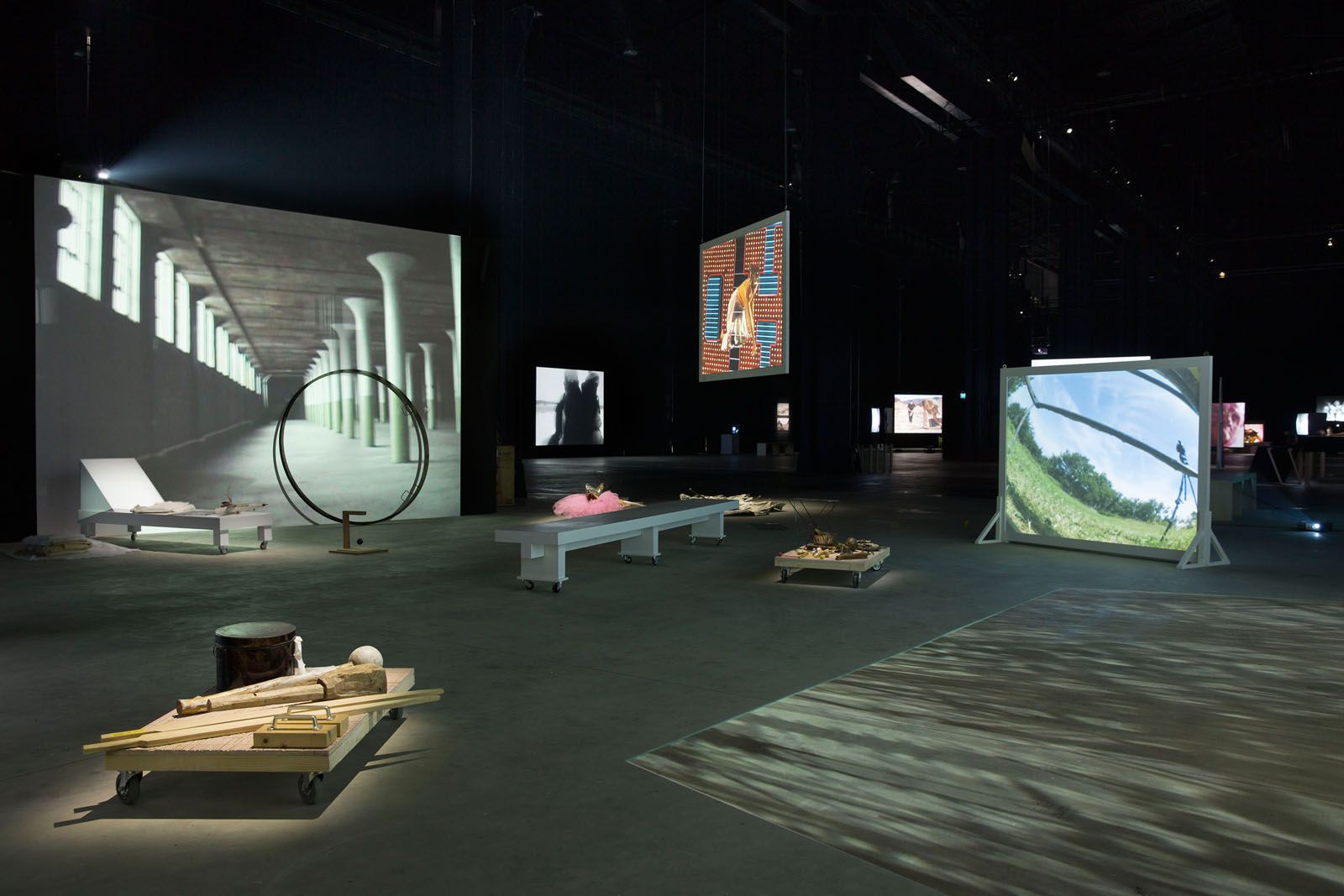Time in the domestic space
Reflections during a pandemic
DOI:
https://doi.org/10.18861/ania.2021.11.2.3146Keywords:
physical time, ontological time, emotional time, mental time, house, home, pandemic, flexibility, adaptability, memoryAbstract
Different disciplines, based on various assumptions, focus their attention on a variety of layers of time. In relation to architecture, time can be considered from different meanings and the way in which we link it to spaces. We usually talk about Physical Time, it is astronomical, mathematical, and quantitative. But there is also Ontological Time, psychic and lived. Emotional Time is eminently subjective, variable, unstable and qualitative, and we can define Mental Time as abstract and intellectual.
The House is a fundamental instrument for living. It must provide us with shelter and security, accommodate our memory and allow our dreams; It must be flexible to incorporate various improvised functions, enable our privacy and happy coexistence with those we live in; it must keep us alert to the subtle changes in our environment; in short, it must contain different layers and manifestations of time.
The situation experienced during the pandemic may suggest new forms of living space, different from the ones we were used to. We have all experienced how our perception of time has changed at this stage, and how the house has been adapted, out of necessity, to include functions that were usually performed outside of it. Space is the raw material to create an architectural experience, and if we add time as an extra dimension, space becomes dynamic. Concepts such as change, growth, evolution, adaptability, memory and interaction must come into play in our projects. Reflection on time and its different meanings through various examples from the world of art, architecture, and design, can help us to create kinder, dynamic and flexible domestic spaces, that can easily adapt to new circumstances.
Downloads
References
Bachelard, Gaston (2000). La poética del espacio. Madrid, España: Fondo de Cultura Económica. (1ª ed. 1957)
Bloomer C. K., Moore C. W. Cuerpo, Memoria y Arquitectura. Introducción al diseño arquitectónico, Madrid, España, Blume Ediciones. (1ª ed. 1977, por Yale University)
Colomina, B. (2006). Arquitectura de Rayos X (145-191). Domesticidad en Guerra. Barcelona, España: Actar.
Colomina, B. (2021), Arquitectura de Rayos X, Barcelona, España, Puente Editores. (1ª ed. 2019)
Eames, Ch (2007), Qué es una casa, Qué es el Diseño, Barcelona, España, Gustavo Gili.
Eames Ch., Saarinen, E. (1945, diciembre). Case Study Houses 8 and 9. Arts & Architecture nº 62, pp. 44 – 51.
Fernández Villalobos, N. (2019, mayo). House of cards: el “continente” Eames en una baraja de cartas. Proyecto, Progreso, Arquitectura, nº 20, Más que arquitectura. Universidad de Sevilla, pp. 86-104. http://dx.doi.org/10.12795/ppa.2019.i20.02
Fernández Villalobos, N. (2014). ¿Micro-arquitecturas o macro-diseños? Formas mixtas de habitar. Res Mobilis, 3(3), pp. 1-18. https://doi.org/10.17811/rm.3.2014.1-18
Fernández Villalobos, N., Jiménez Sanz, A. (2020, octubre). The Tree in Alison and Peter Smithson’s Architecture. VLC arquitectura nº 7, no. 2, pp. 59- 89. https://doi.org/10.4995/vlc.2020.11862
Fernández Villalobos, Nieves (2012). Utopías Domésticas. La Casa del Futuro de Alison y Peter Smithson. Barcelona, España: Fundación Arquia.
Giedion, Sigfried (2009). Espacio, Tiempo y Arquitectura. Barcelona, España: Reverté. (1ª ed. 1941)
Harries, K. (1982). Building and the Terror of Time. Perspecta, n. 19, pp. 59-69.
Holl, Steven (1994). Catalogue. Zürich: Artemis, cop.
Holl, S., Safont-Tria, J., Kwinter, S. (2012). Steven Holl. Color, Light and Time. Baden, Suiza: Lars Müller Publishers.
López, I. Sota, I. (4/4/2020). Arquitectura contra la COVID-19. ICON Design, El País, https://elpais.com/elpais/2020/04/03/icon_design/1585919823_678414.html (consultado el 07/05/2021)
López Conde, J. (2020, mayo). Hacia una arquitectura del coronavirus. Ethic. https://ethic.es/2020/05/hacia-una-arquitectura-del-coronavirus/ (consultado el 02/07/2021)
Merí de la Maza, R., Olivares Peralta, A. (2018). TC Cuadernos. N. 138/139, pp. 8-13.
Olaf Fjeld, P. (2007). After the Hollow Column, ADSC (Antwerp Design Sciences Cahiers). Vol. 10, n. 1, pp. 3-8.
Mori, I., Ikea, (2020). The Big Home Reboot. Ikea. https://lifeathome.ikea.com/ (consultado el 03/03/2021)
Pallasmaa, J. (2016), Habitar, Barcelona, España, Gustavo Gili.
Puente, M. y Holl, S. (2015), Cuestiones de percepción: fenomenología de la arquitectura, Barcelona, España, Gustavo Gili.
Risselada, M., Van der Heuvel, D. (eds.) (2001). Team 10. 1953-81. In search of a Utopia of the present. Rotterdam, Holanda: Nai Publishers.
Smithson, A. y P. (1986), Upper Lawn: Folly Solar Pavilion. Barcelona, España: Universidad Politécnica de Cataluña.
Smithson, A. y P. (2003), Signos de ocupación (CD), Barcelona, España: Ala+2.
Smithson, A. y P. (2001), Cambiando el arte de habitar, Barcelona, España: Gustavo Gili.
Vicente Navarro, E. (2006). El tiempo a través del tiempo. Athenea Digital. n. 9, pp. 1-18. https://doi.org/10.5565/rev/athenead/v1n9.257

Downloads
Published
How to Cite
Issue
Section
License
Copyright (c) 2021 Nieves Fernández Villalobos

This work is licensed under a Creative Commons Attribution 4.0 International License.
The journal and its contents are licensed under the Creative Commons - Attribution 4.0 International License (CC BY 4.0). It is possible to copy, communicate and publicly distribute its content as long as the individual authors and the name of this publication are cited, as well as the publishing institution (Universidad ORT Uruguay).

